40 chemical change experiments for middle school
50 Chemistry Projects That Will Amaze Kids! - Babble Dabble Do When acids and bases are mixed chemical reactions occur and the solution becomes neutralized. Acid and Bases Projects: 1. Baking Soda & Vinegar Volcano 2. Lemon Volcano 3. The Colorful Cabbage Juice Science Experiment and Acid Base Experiment with Cabbage 4. Dancing Rice 5. Green Eggs & Ham 6. Bubbly Citric Acid Brew 7. Pin on My classroom - Pinterest Feb 15, 2016 - This article contains a set of fun experiments that teach kids the fun of chemistry and how to tell a chemical change from a physical change. Pinterest. Today. Watch. Explore. ... Science Fair Experiments Middle School. Science Projects For Middle School. Biology Experiments. Primary Science. Make snot, see what poop is made of ...
27 Physical and Chemical Changes Activities for Middle School Kool-Aid Chemical Reactions While making typical kool-aid is a physical change, complete this experiment with different types of liquids to see how the substance reacts! You may choose between lemon juice, apple cider vinegar, and kool-aid water to see the changes that occur. Learn more: Teaching Science with Lynda R. Williams 27. Kitchen Science

Chemical change experiments for middle school
Chemical Change Experiment Worksheets & Teaching Resources | TpT Chemical Change STEM Lab NGSS Middle School Experiment MS-PS1-2 MS-ETS1-1. by . ... Balloon Chemical Change Experiment, Chemical Change Lab: In this chemical change lab, students will observe how baking soda and vinegar react in a plastic bottle to blow up a balloon and produce a chemical change. Teachers will need to provide vinegar, baking ... 8 Simple Chemistry Experiments That Your Kids Can Do at Home - 3P Learning These experiments are great for older children, or with assistance from mum or dad. They can be done at home with ingredients you already have on hand. So pick an experiment, and grab your lab coats to get started! 1. Cabbage chemistry 2. Lolly fountain 3. Bath bombs 4. Sherbet 5. Rubber egg 6. Crystals 7. Slime 8. Snot Slime Cabbage chemistry Chemical Reactions for 7th Grade Chemistry - MS-PS1-1, MS ... - OpenSciEd In a chemical reaction, the atoms that make up the original substances are regrouped into different molecules, and these new substances have different properties from those of the reactants. (7.2, 7.3, 7.4) In a chemical reaction, the total number of each type of atom is conserved, and thus the mass does not change. (7.2, 7.3, 7.4)
Chemical change experiments for middle school. 8 Hands-On Experiments to Teach Kids About Chemical Reactions Experiments About Chemical Reactions Observing the Formation of a Gas How a Chemical Reaction Can Produce Heat The Formation of a Solid The Occurrence of a Color Change The Elephant Toothpaste Experiment Hot Ice Mentos and Coke Experiment Separate a Mixture One note before I move on to the activities. 110 Awesome Chemistry Experiments For All Ages Check out our version of the egg with vinegar experiment. We added a little twist that makes an excellent connection between chemistry and our dental health. We have a 25+ page printable pack to go with it for just $2.95. Showing how chemistry is involved in everyday life can take that scary factor out of studying chemistry for students. 65 Amazing Chemistry Experiments for Kids A chemical reaction is a process where two or more substances react together to form a new chemical substance. This might look like a gas formed, cooking or baking, milk souring, etc. Sometimes a physical change occurs, like our popcorn experiment or melting crayons, rather than a chemical change. Chapter 6: Chemical Change - Middle School Chemistry A solid formed from two solutions is called a precipitate. Summary Students will combine two clear colorless solutions (baking soda solution and calcium chloride solution) and see the formation of a solid and a gas. Students will analyze the chemical equation for the reaction and see that all atoms in the reactants end up in the products.
10 Cool Chemistry Experiments - ThoughtCo Experiment with 'Hot Ice' Henry Mühlfpordt Hot Ice is a name given to sodium acetate, a chemical you can make by reacting vinegar and baking soda. A solution of sodium acetate can be supercooled so that it will crystallize on command. Heat is evolved when the crystals form, so although it resembles water ice, it's hot. 09 of 10 PDF Lesson 6: Physical vs. Chemical Changes - Learner Vocabulary: physical change, chemical change, reactant, product, chemical equation Engage: 1. Students research (use textbook/internet) definitions of physical and chemical changes and an example of each. Teacher can give more examples if necessary. 2. Students are then given a handout with examples of both type of changes (written out and ... Physical Change Experiment Teaching Resources | TPT - TeachersPayTeachers This pack includes: 5 color teaching posters 3 experiments to demonstrate chemical changes 3 experiments to demonstrate physical changes student lab report 5 page booklet with cover to introduce concepts sorting activity answer keyThe teaching pos ... Used for students/children in the elementary school and middle school science or chemistry ... 5 Experiments to Teach Chemical Changes to Elementary Students The following five experiments are my favorite ways to teach chemical changes to elementary students: 1. Observing the Formation of Gas. This is a very easy experiment to teach a chemical change to young kids. For this experiment, collect an old soda bottle, vinegar, baking soda, a balloon, and a funnel. Have the students put two spoonfuls of ...
10 Cool Chemistry Demonstrations for Educators - ThoughtCo Mix metal salts in alcohol and pour the mixture into a spray bottle. Spritz the liquid onto a flame to change its color. This is a great introduction to the study of emission spectra and flame tests. The colorants are of low toxicity, so this is a safe demonstration. 02 of 10 Sulfuric Acid and Sugar 422737/Pixabay Lesson Plans | Middle School Chemistry Students explore the concept that chemical reactions involve the breaking of bonds between atoms in the reactants, and the rearrangement and rebonding of these atoms to make the products. Students investigate reactions which produce a gas, form a precipitate, and cause a color change. Chemical Reaction Experiments for Middle School Students Middle school kids can test whether liquids are acids or bases by adding a teaspoon of baking soda. A few of the liquids you can allow them to test are orange juice, vinegar, lemon juice, water, vanilla and soda. When adding acids to the baking soda, the mixture will bubble up because of the chemical reaction. Soda and Candy Explosion Chemical Reactions for 7th Grade Chemistry - MS-PS1-1, MS ... - OpenSciEd In a chemical reaction, the atoms that make up the original substances are regrouped into different molecules, and these new substances have different properties from those of the reactants. (7.2, 7.3, 7.4) In a chemical reaction, the total number of each type of atom is conserved, and thus the mass does not change. (7.2, 7.3, 7.4)
8 Simple Chemistry Experiments That Your Kids Can Do at Home - 3P Learning These experiments are great for older children, or with assistance from mum or dad. They can be done at home with ingredients you already have on hand. So pick an experiment, and grab your lab coats to get started! 1. Cabbage chemistry 2. Lolly fountain 3. Bath bombs 4. Sherbet 5. Rubber egg 6. Crystals 7. Slime 8. Snot Slime Cabbage chemistry
Chemical Change Experiment Worksheets & Teaching Resources | TpT Chemical Change STEM Lab NGSS Middle School Experiment MS-PS1-2 MS-ETS1-1. by . ... Balloon Chemical Change Experiment, Chemical Change Lab: In this chemical change lab, students will observe how baking soda and vinegar react in a plastic bottle to blow up a balloon and produce a chemical change. Teachers will need to provide vinegar, baking ...
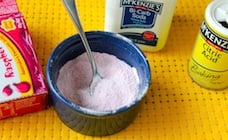
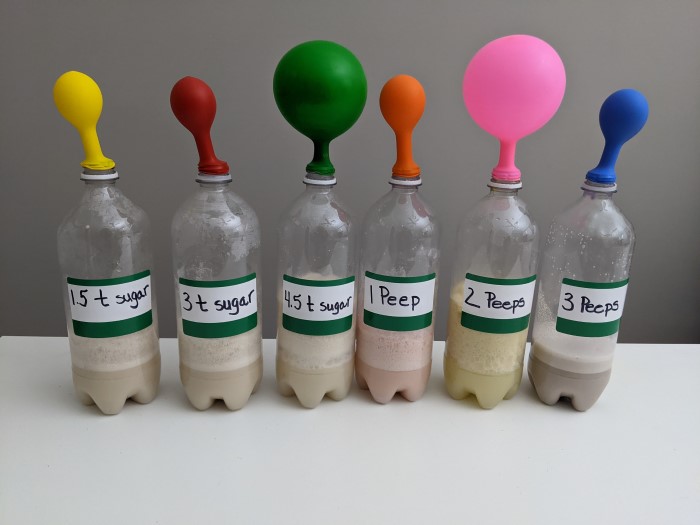

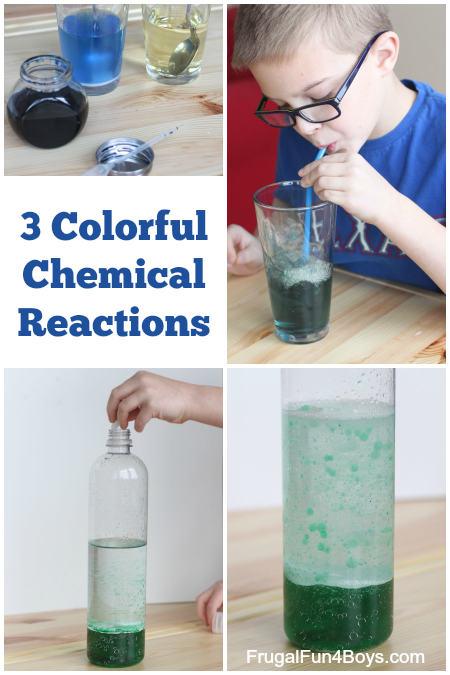


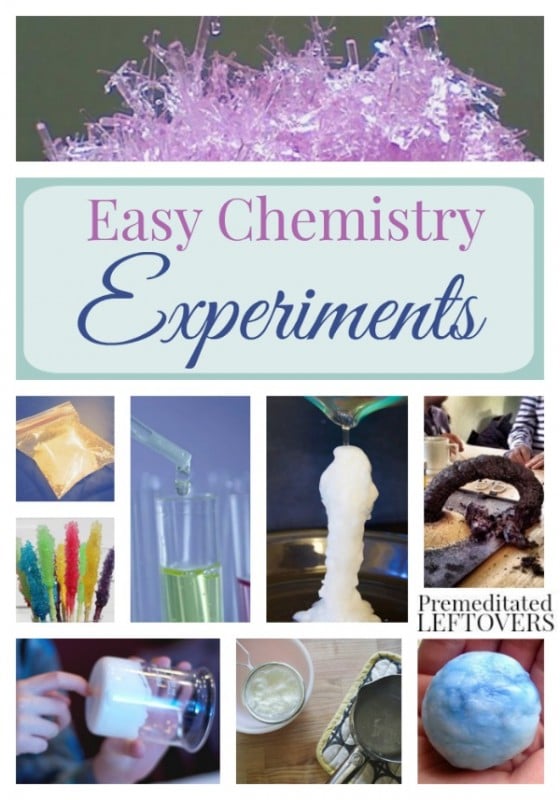


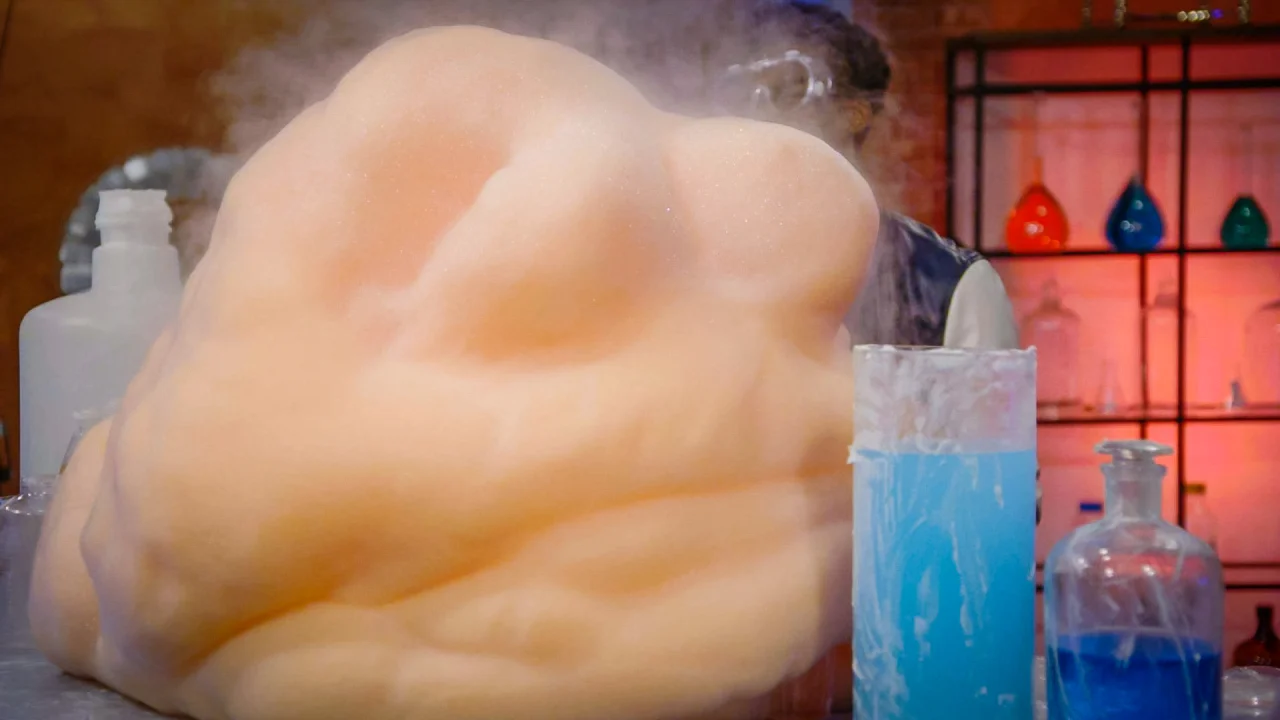

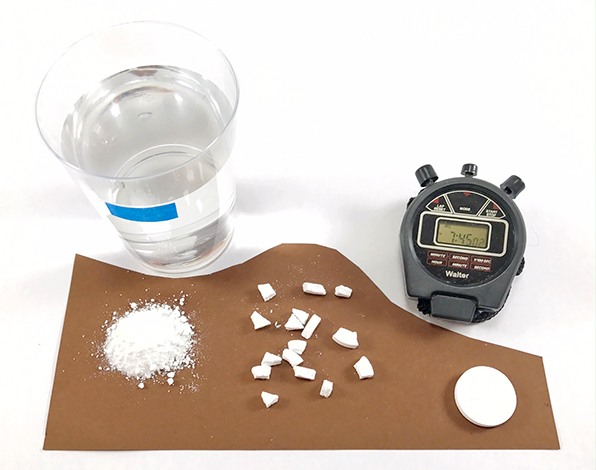
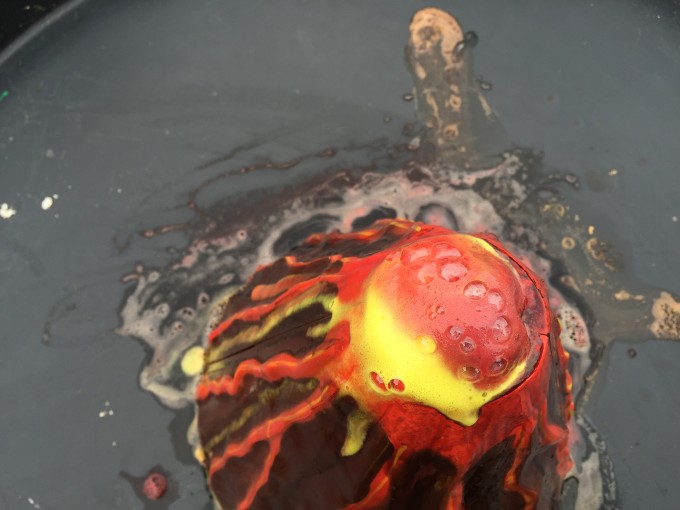




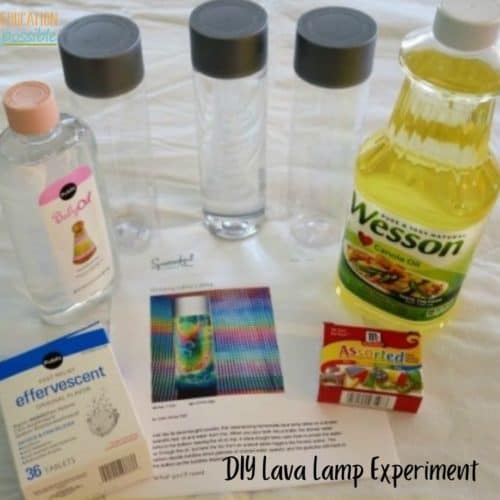
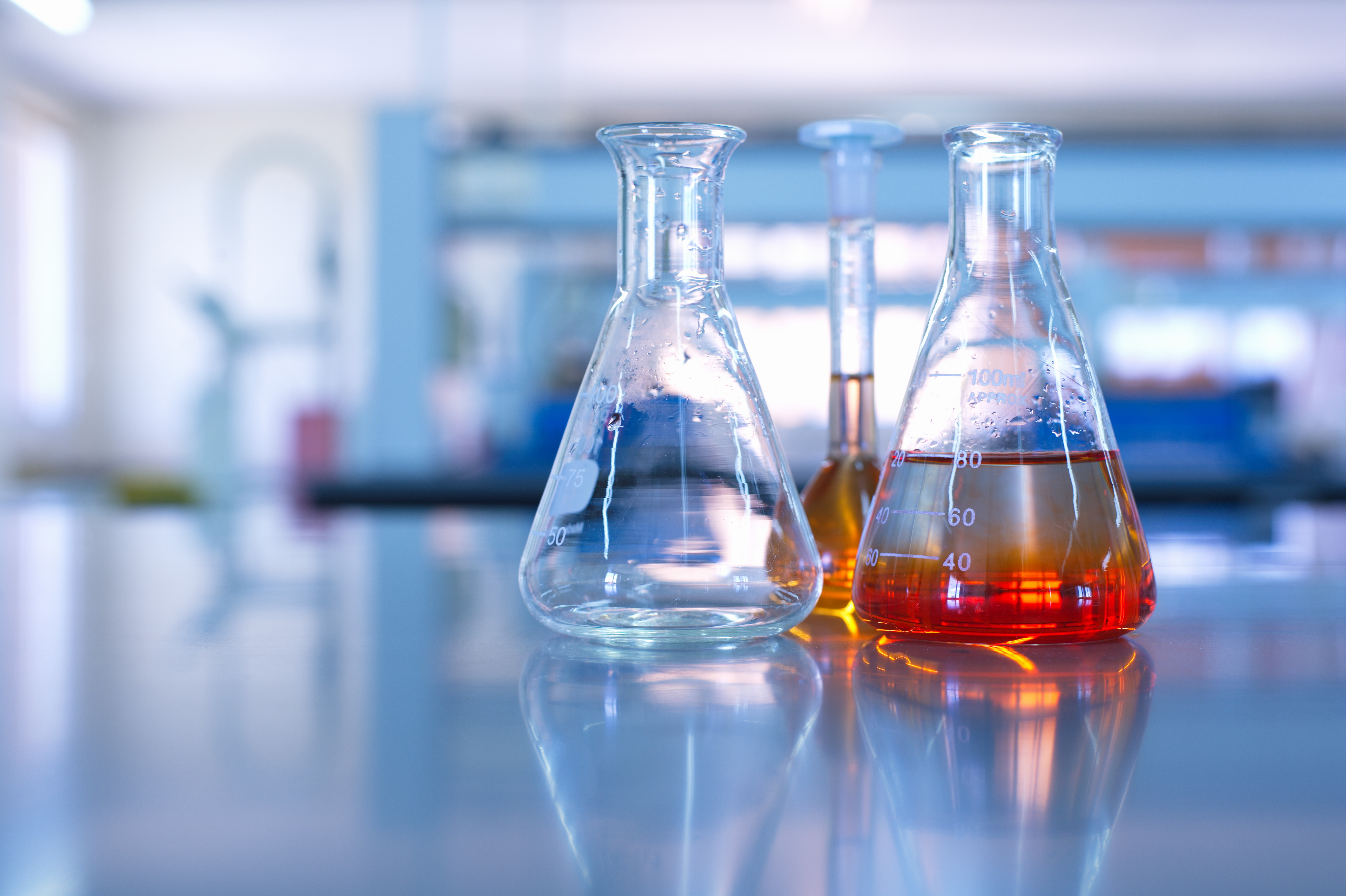


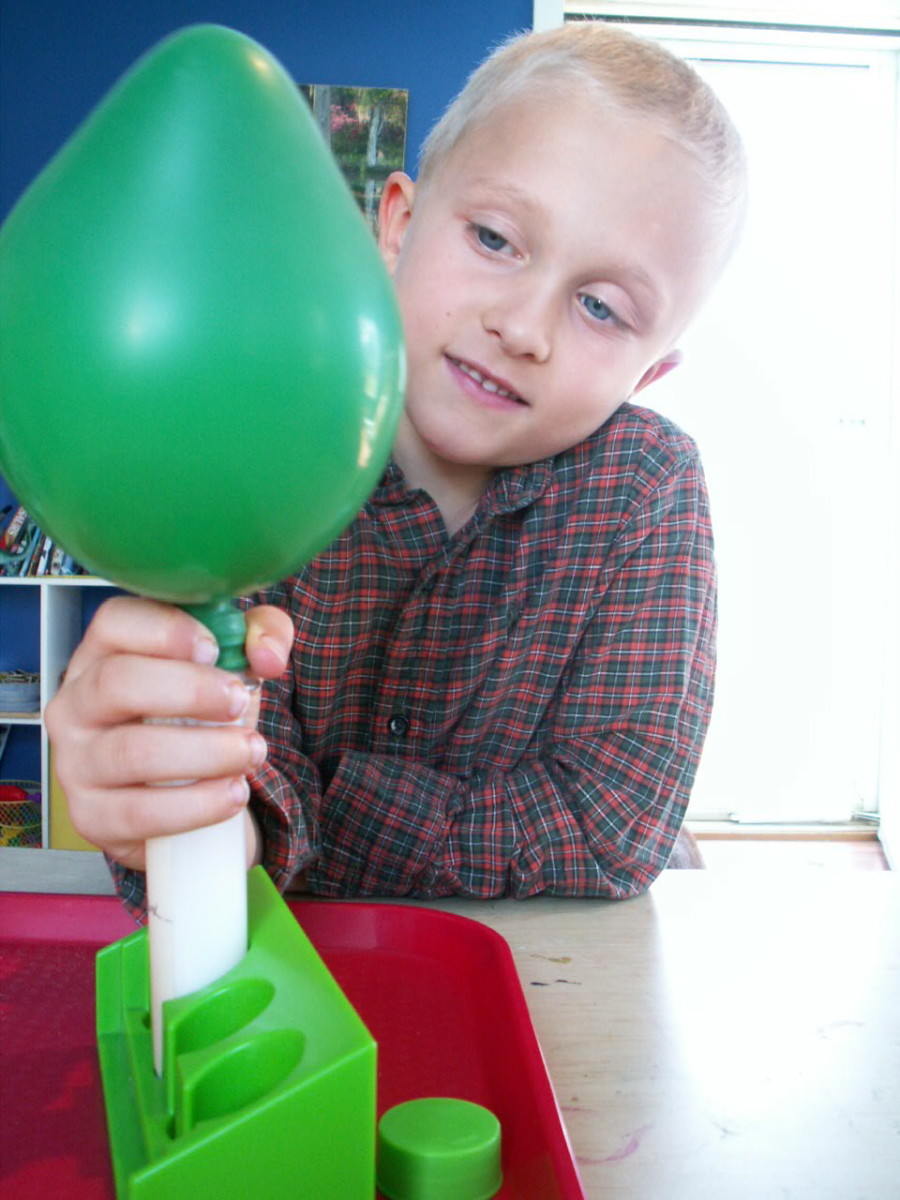
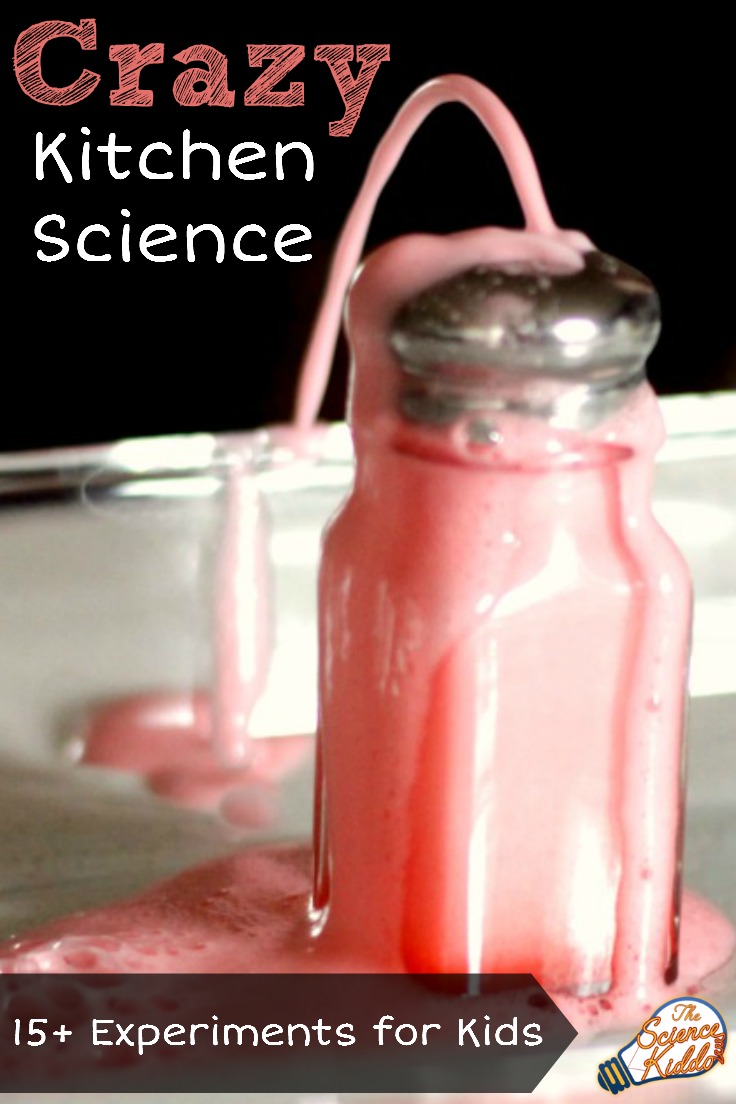
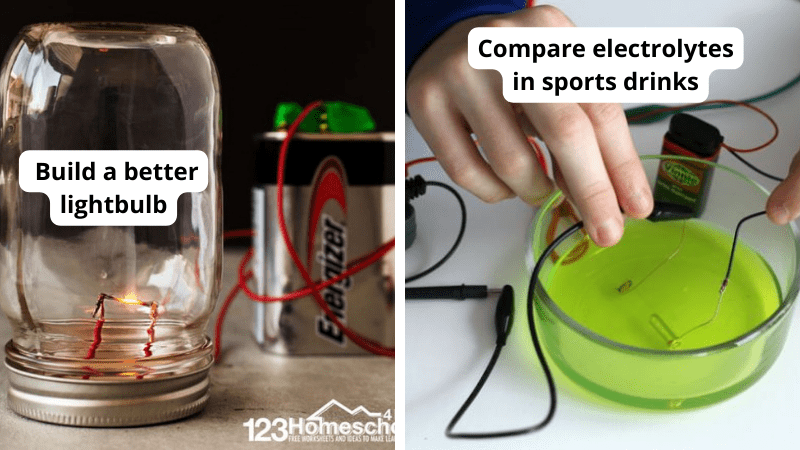

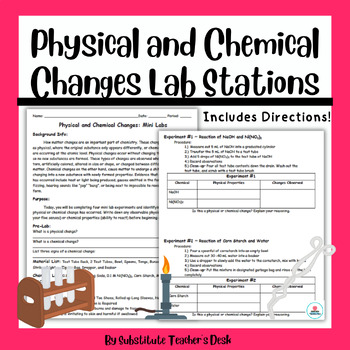
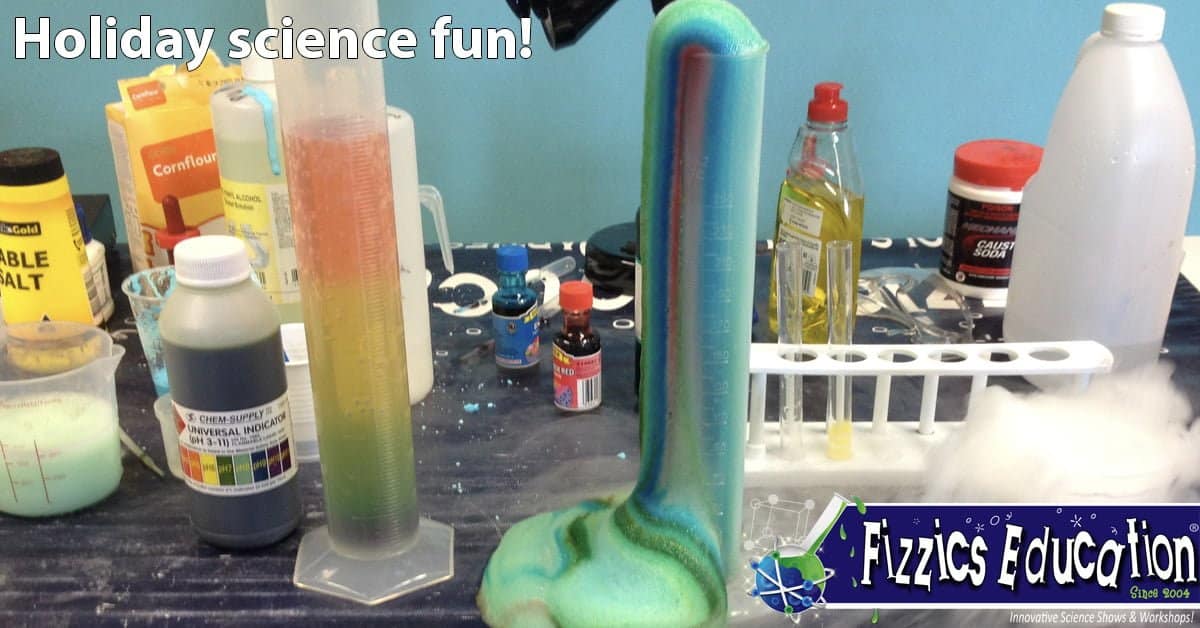
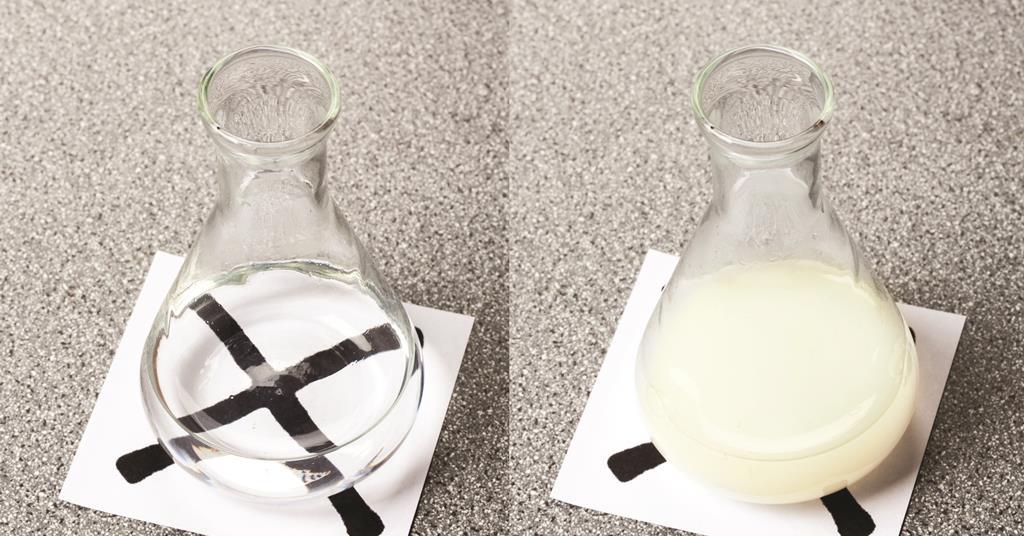
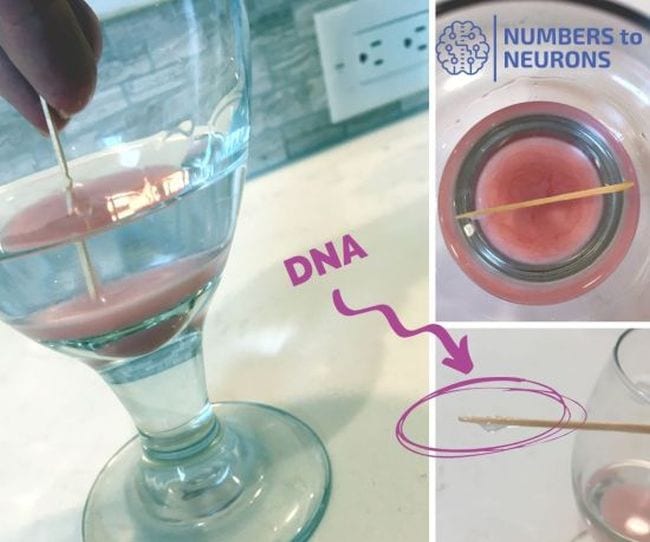




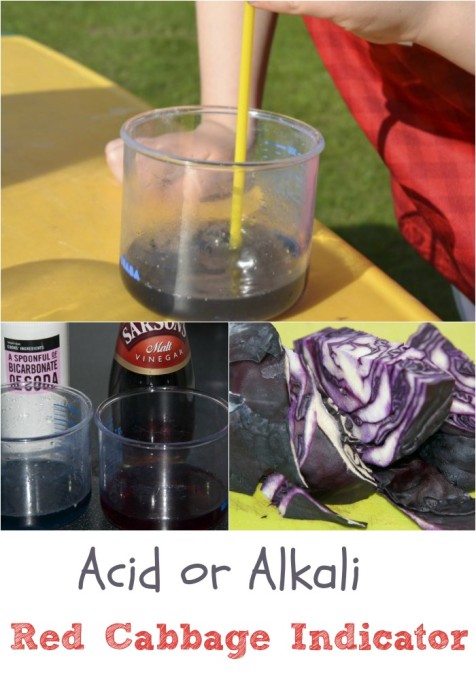





0 Response to "40 chemical change experiments for middle school"
Post a Comment